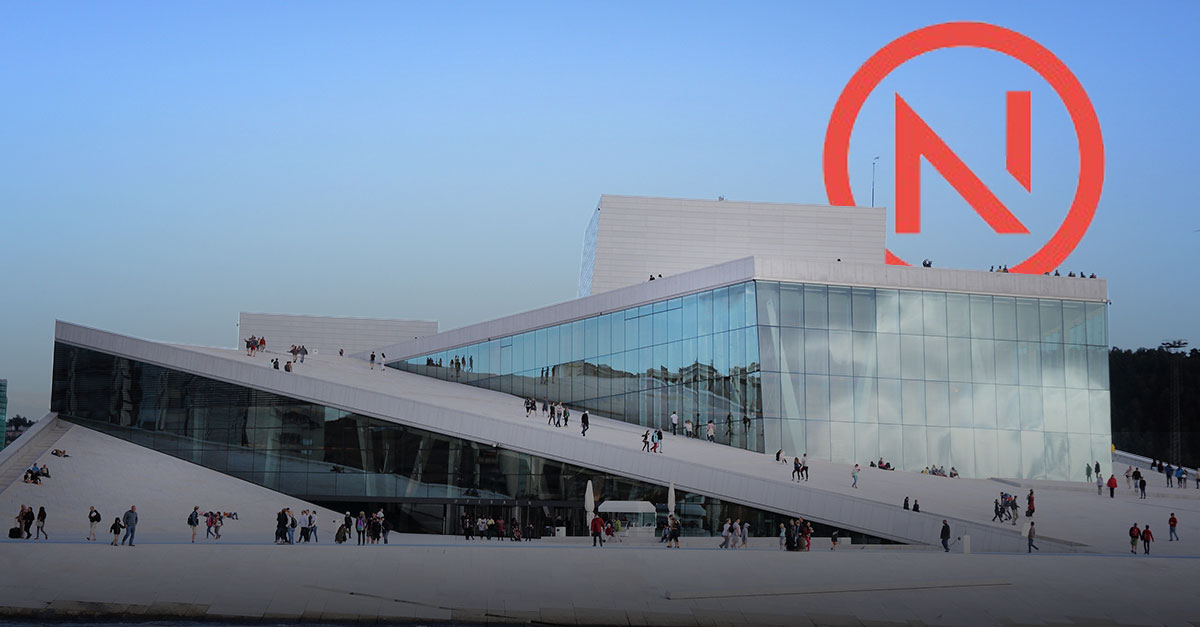
Tackling Chronic Supply Chain Disruption Requires New Supply Chain Thinking
From spiking fuel prices to driver shortages, container shipping rate fluctuations, Asian bird flu, and political conflict creating a resilient supply chain built to sustain constant strain is critical.
Supply chain leaders agree that disruptions aren’t going away. From spiking fuel prices to driver shortages, container shipping rate fluctuations, Asian bird flu, and political conflict creating a resilient supply chain built to sustain constant strain is critical. Hear from supply chain leaders, including special guest speaker Dr. Manish Govil, Global Segment Leader at Amazon Web Services (AWS), for broad insights into supply chain trends, including how the speed of data collection is lighting a path for a solution. Tune in here for the monthly Supply Chain Automation LinkedIn Group Roundtable featuring global supply chain leader Mike Landry and Bruce Richardson, Chief Enterprise Strategist at Salesforce.
Disruptions are now defining supply chain operations, forcing operators to design supply chains that are equipped to handle even catastrophic shifts as a regular occurrence, says Dr. Manish Govil, Global Segment Leader at Amazon Web Services (AWS).
End-to-end visibility of a company’s entire supply chain is one key ingredient to shoring up against unpredictability. Govil says there are three important things to consider.
- How do companies get end-to-end visibility in real-time? Data residing in different silos within an organization, or across systems, can be collected, correlated, and contextualized to view how an occurrence in one part of the supply chain will impact another.
- How do companies know when to react? Companies must be prepared not only to quickly react to disruption but to anticipate disruption by having alternate resources and suppliers ready. Take, for example, the semiconductor chip shortage. If you were not one of the companies to quickly grab up an alternative supply very early into, or ahead of, the shortage, there was little to no way to catch up, explained Govil.
- How do we automate decision-making around choosing supply and resource alternatives ahead of disruptions or in real-time? Data must be leveraged and communication around data must get to different stakeholders inside and outside an organization. Companies need to create a single source or window for data across departments and systems.
Multi-tier visibility is vital and there is so much data that exists within different areas of an organization that can be correlated to help create a more complete picture of disruption impact and vulnerability. Data can be mapped, and software exists to build more complete visibility.
Establishing a North Star
Many companies are still in the early days of their North Star journey of establishing end-to-end visibility, says Mike Landry, SVP Supply Chain Service Line Global Leader at Genpact. It can be as easy as having a single ERP system, where companies can grab data from each internal system that is tracking and collecting relevant information. The benefits of cloud-based and on-demand data include allowing a company to take that North Star journey a step at a time and not have to feel like it must be one giant step and investment.
Strong partnerships, like those between AWS, Salesforce, and ketteQ are making that journey easier and easier, notes Bruce Richardson, Chief Enterprise Strategist at Salesforce. Increasingly data can be accessed and used not only to anticipate and manage disruption, but to answer the most common questions from customers in real-time – “where is my stuff” and “when is my stuff going to arrive.”
The Challenge of Alignment
Alignment around data continues to be a challenge for companies. This alignment needs to happen both upstream and downstream and incorporating AI and ML into technology solutions has become the new frontier.
In addition, to say, aligning the IT departments and ensuring that not every department has its own unique system that will not communicate or integrate with others, there are also the mounting questions around the role of the person. A recent Gartner report outlines when humans are “in the loop,” “on the loop,” or “out of the loop,” noted Landry. Using ML “humans can feasibly be out of the loop in numerous supply chain processes, such as forecasting, inventory positioning, available to promise, dynamic routing, factory scheduling, and many more,” the report says.
A Silver Lining
As companies sort out how to use data to anticipate, prevent and manage a now endless stream of disruptions, the good news is that supply chain is now a ubiquitous term frequently used by everyone from the president to comedians.
Filling the need for solutions to the supply chain industry’s deepest challenges, ketteQ solutions are built on the Salesforce platform, making it simple for companies to adopt technology that is identical or similar to what is already in place. That makes adoption much easier and faster.
Ultimately companies can use software to anticipate disruptions. That’s like getting tomorrow’s paper today, said Landry.
To find out how your company can speed up reaction time to supply challenges, give us a call.





